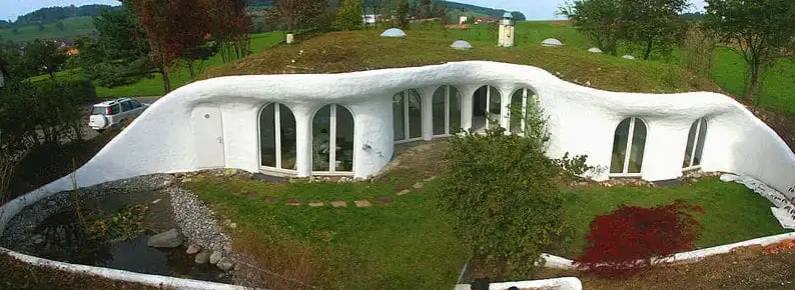In 2010, climatologists said Pakistan’s floods that year were “the worst natural disaster to date attributable to climate change”. Despite having less than 1% share in carbon emission, the country is ranked 8th in terms of exposure to climate hazards. Let’s stop sleepwalking towards the destruction of our planet by climate change.
Private homes are estimated to be responsible for about one fifth to one fourth of global carbon dioxide emissions. For that reason, eco-friendly houses and green building methods are becoming more and more of a necessity. Below are some examples of ways to mitigate carbon emissions.
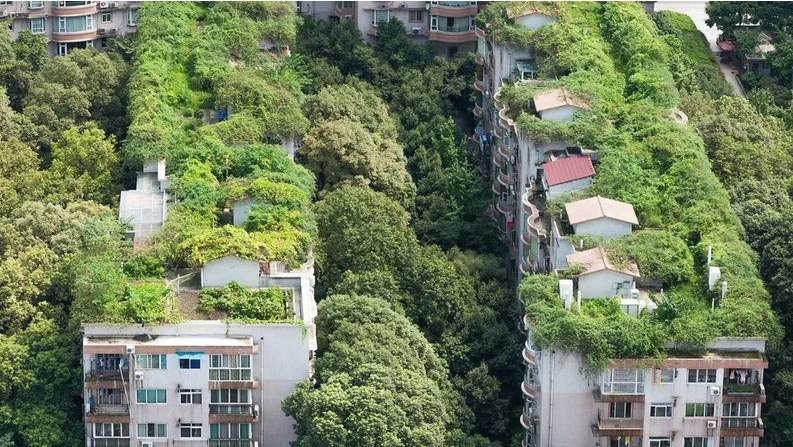 Cool a house without air conditioning. Energy-hungry air conditioners are a major contributor to climate change. Lush vegetation helps to keep homes cool in summer.
Cool a house without air conditioning. Energy-hungry air conditioners are a major contributor to climate change. Lush vegetation helps to keep homes cool in summer.
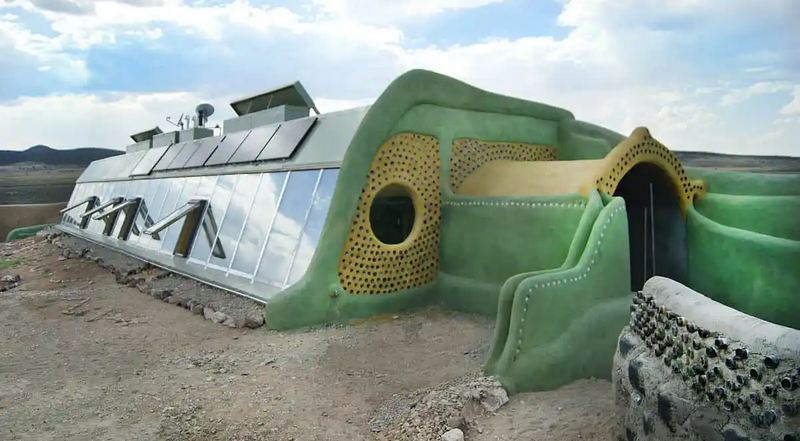 Earthship designs are mostly made from natural and upcycled materials. They’re built with the intention of being “Off-The-Grid” – this means they require minimal reliance on public utilities and fossil fuels. They are also constructed to use available natural resources, particularly energy from the sun and rainwater.
Earthship designs are mostly made from natural and upcycled materials. They’re built with the intention of being “Off-The-Grid” – this means they require minimal reliance on public utilities and fossil fuels. They are also constructed to use available natural resources, particularly energy from the sun and rainwater.
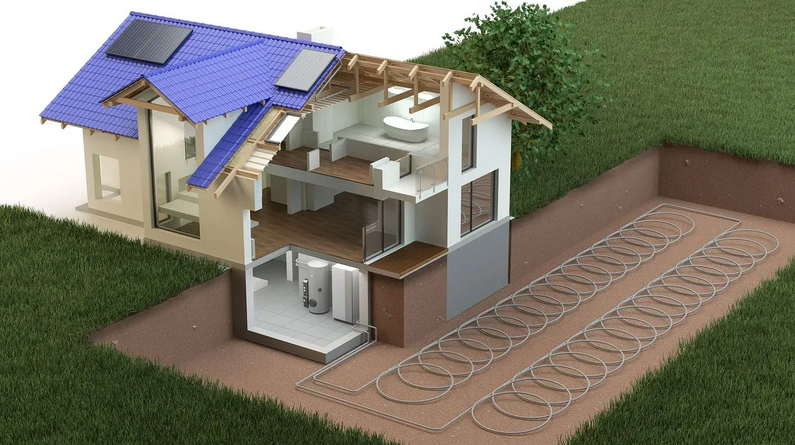 Ground source heating and cooling systems use the earth’s stable subterranean temperature to regulate the indoor climate.
Ground source heating and cooling systems use the earth’s stable subterranean temperature to regulate the indoor climate.
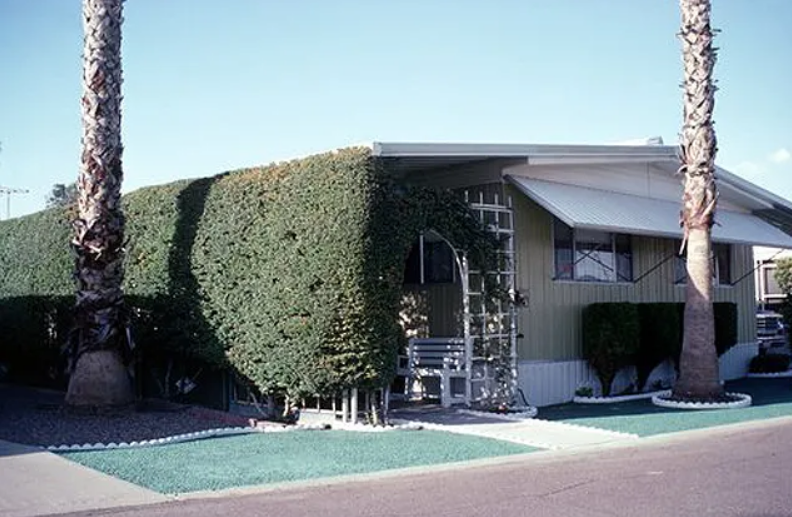 Landscaping for shade. To ensure lasting performance of energy-saving landscaping, use plant species that are adapted to the local climate.
Landscaping for shade. To ensure lasting performance of energy-saving landscaping, use plant species that are adapted to the local climate.
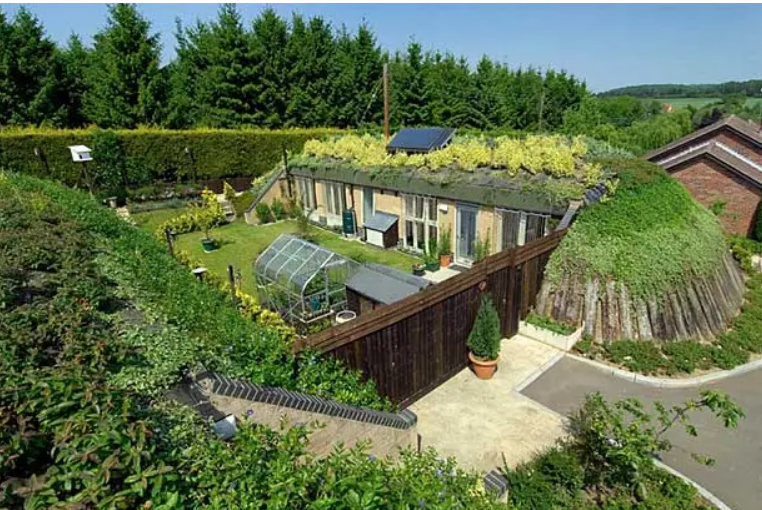 Earth Sheltered Houses are typically built into the side or underneath the ground. This could be through ‘Earth Berming’ where earth is piled up against exterior walls and packed, sloping away from the house. Or, they could be set into a slope or hillside. There is usually only one wall visible and the rest are surrounded by earth. Some houses are completely underground, where the ground is excavated and the house is set in below grade.
Earth Sheltered Houses are typically built into the side or underneath the ground. This could be through ‘Earth Berming’ where earth is piled up against exterior walls and packed, sloping away from the house. Or, they could be set into a slope or hillside. There is usually only one wall visible and the rest are surrounded by earth. Some houses are completely underground, where the ground is excavated and the house is set in below grade.
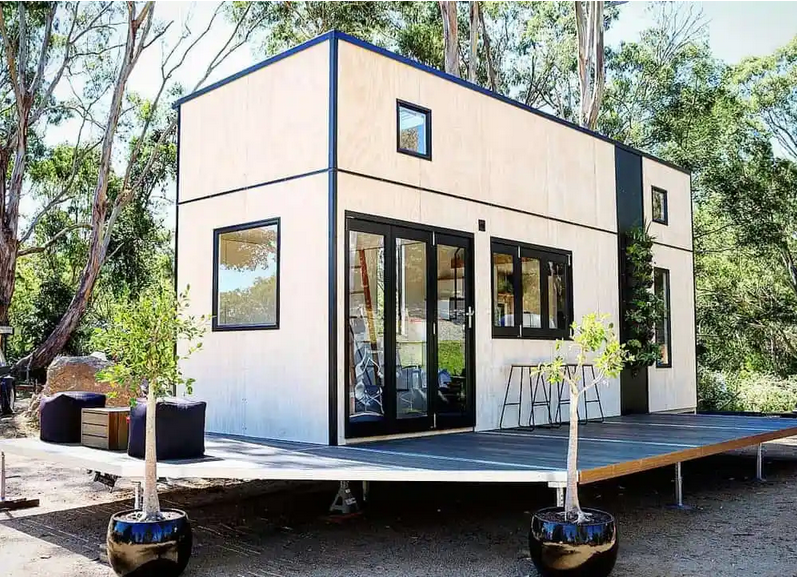 Tiny houses have become popular. Often they can be transported and have eco-friendly elements. Less building material required; they can be built with recycled, repurposed and salvaged materials; there is smaller space to heat; they can be mostly powered off solar and wind resources. They can use composting toilets and do filtration of rainwater.
Tiny houses have become popular. Often they can be transported and have eco-friendly elements. Less building material required; they can be built with recycled, repurposed and salvaged materials; there is smaller space to heat; they can be mostly powered off solar and wind resources. They can use composting toilets and do filtration of rainwater.
You can read the original article at despardes.com

